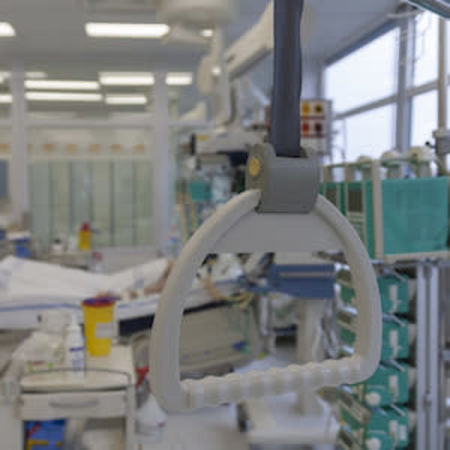Healthy lungs are necessary to accomplish O2/CO2 exchange between blood and external air. The pulmonary microbiota is critical for maintaining the functional balance of the lungs and is associated with the development and progression of respiratory diseases, such as asthma, chronic obstructive pulmonary disease, cystic fibrosis (CF), non-CF bronchiectasis, tuberculosis, COVID-19, lung cancer and lung transplantation. External abiotic conditions such as smoking may also disturb the pulmonary microbiota.
In particular, invasive MV can trigger structural and physiological changes in the tissue and microbiota of the lung in hypoxaemic patients. This can reduce the diversity of the pulmonary microbiota and may lead to poor prognosis. Changes in O2 concentration can also reduce the diversity of the pulmonary microbiota by affecting the local immune microenvironment of the lung.
In this review, the authors discuss the dynamics of pulmonary microbiota diversity in patients during invasive MV and explore why invasive MV affects pulmonary microbiota diversity.
The clinical disposition of patients with invasive MV is associated with a series of concomitant events. These can include gastric and oral microaspirations, changes in body posture, haemodynamic effects due to positive pressure ventilation, sedation complications, O2 toxicity, disuse atrophy of the diaphragm, impaired airway clearance, ventilator-induced lung injury and other long-term effects. These events can affect the diversity of the pulmonary microbiota in a direct and/or indirect manner.
Patients with invasive MV can encounter microaspiration of oropharyngeal secretions and/or gastric fluids. This can transfer gastric microbiota and/or oral microbiota to the lungs, which, in turn, can affect the diversity of the pulmonary microbiota. Gastric microaspiration can indirectly affect pulmonary microbiota diversity by exerting pathophysiological/inflammatory effects on the lungs.
Invasive MV with hyperoxia is a necessary clinical treatment for patients with acute hypoxaemia. However, it can affect the lungs and the microbiota. Airway clearance is often disturbed in critically ill patients. Routine care of patients with invasive MV does not effectively clear the airway, resulting in the retention of pulmonary secretions. Secretion retention may also affect the diversity of the pulmonary microbiota through the exogenous microbiota they introduce, by inducing the differential growth of some microorganisms and leading to altered diversity in the local lung microbiota and by increasing the thickness of the airway surface or its mucus layer.
Overall, this analysis shows that invasive MV reduces pulmonary microbiota diversity. Therefore, regulation of pulmonary microbiota diversity by existing or novel clinical tools may improve the prognosis of invasive MV treatment and lead to more effective treatment of lung diseases.
Source: Critical Care
Image Credit: iStock
References:
Liu C, Wu K, Sun T et al. (2022) Effect of invasive mechanical ventilation on the diversity of the pulmonary microbiota. Crit Care. 26, 252.
Latest Articles
invasive mechanical ventilation, MV, pulmonary microbiota
Invasive Mechanical Ventilation and the Pulmonary Microbiota


























